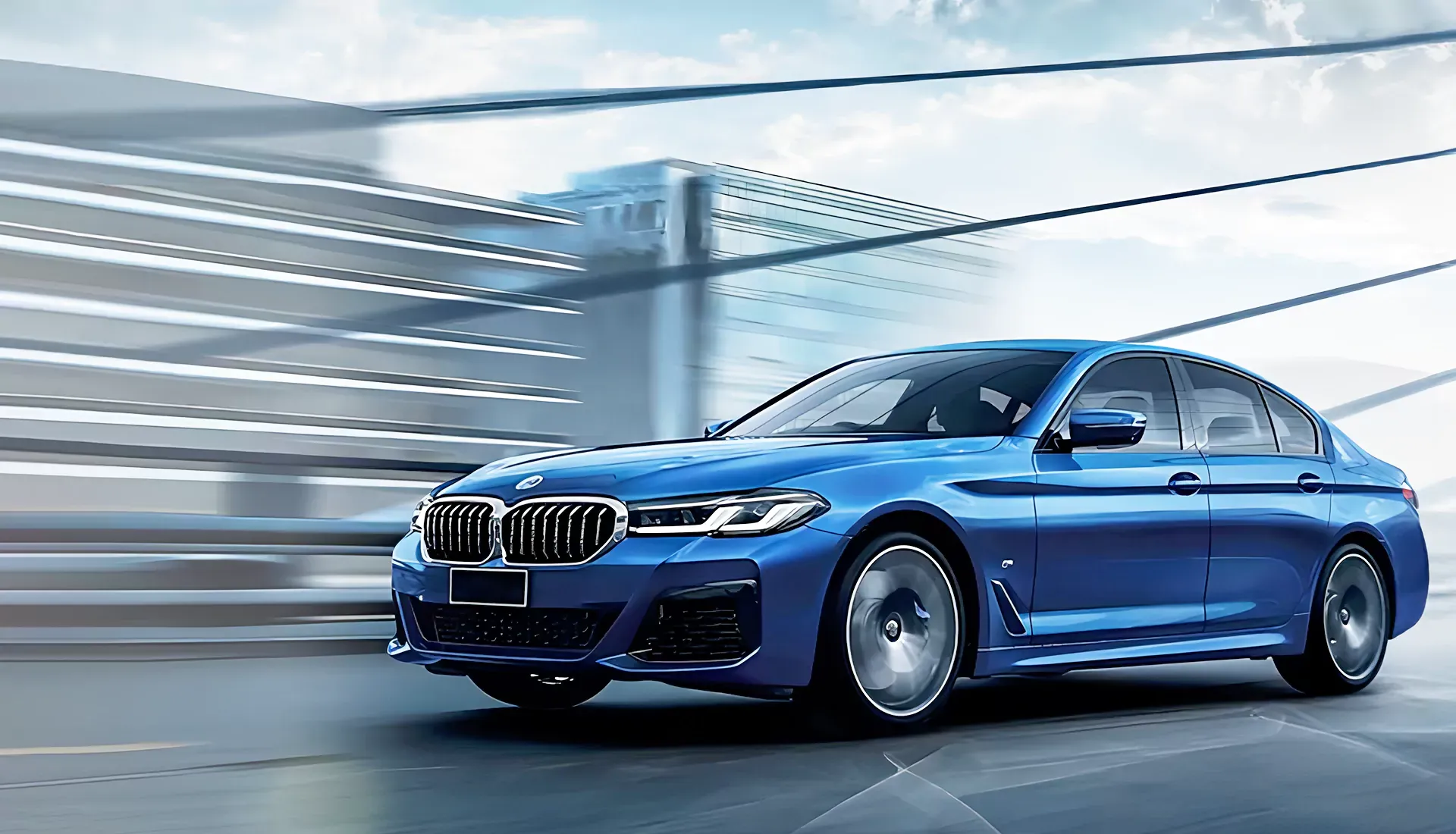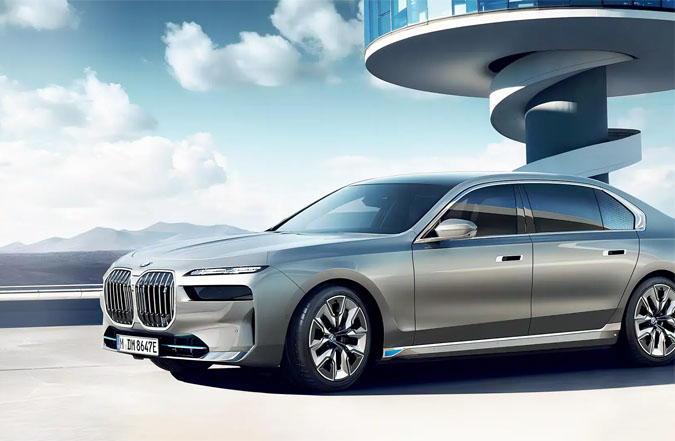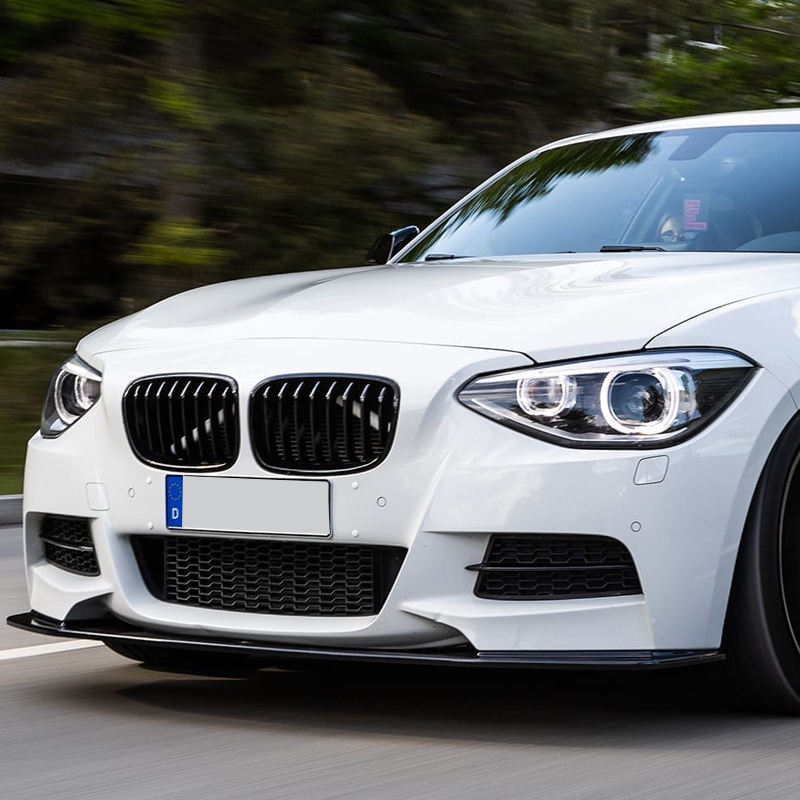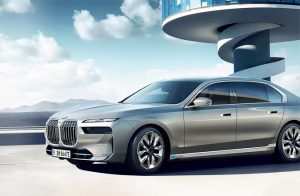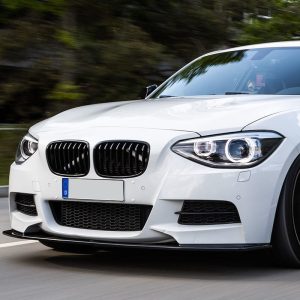Introduction to Car Bumpers
Welcome to the world of car bumpers, where durability and robustness reign supreme! Whether you’re a cautious driver or an off-road adventurer, having a sturdy bumper is essential for protecting your vehicle against unexpected bumps and collisions. But have you ever wondered what goes into making these automotive bodyguards? From materials to testing methods, we’re here to explore the fascinating world of car bumpers and uncover the secrets behind their long-lasting strength. So buckle up and get ready as we dive deep into the realm of durable car bumpers that are built to last!
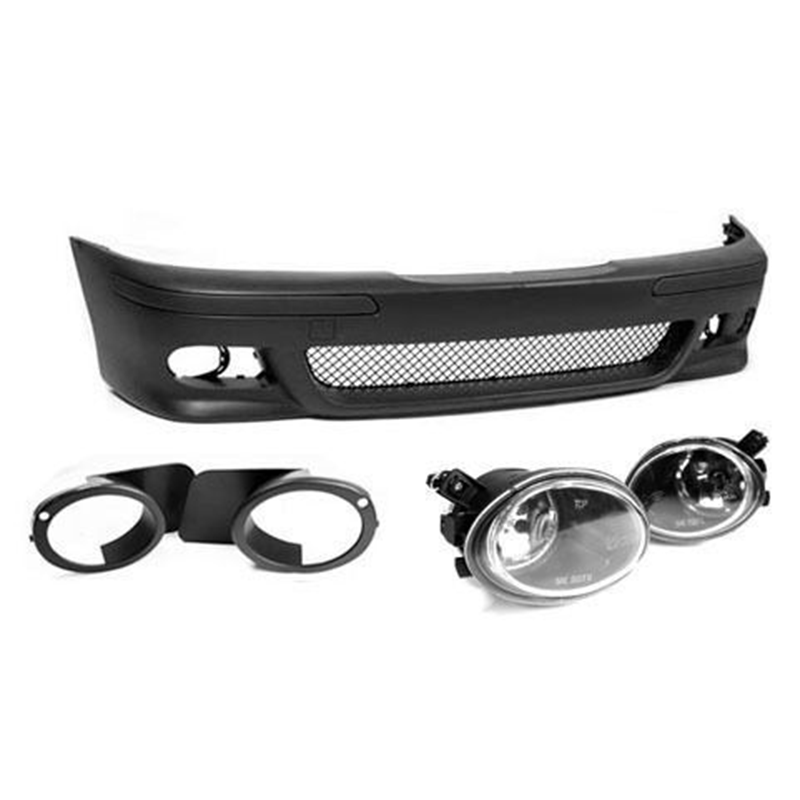
Different Materials Used for Bumpers
When it comes to car bumpers, there are several different materials that can be used. Each material has its own advantages and disadvantages, making it important for car owners to understand their options.
One common material used for bumpers is plastic. Plastic bumpers are lightweight and cost-effective, making them a popular choice for many vehicles. They are also relatively easy to repair or replace if they become damaged. However, plastic bumpers may not provide the same level of protection as other materials, and they can be prone to cracking or fading over time.
Another option is steel. Steel bumpers offer excellent durability and strength, providing superior protection in the event of a collision. They can withstand more impact than plastic bumpers and are less likely to sustain damage. However, steel bumpers tend to be heavier and more expensive than their plastic counterparts.
Fiberglass is another material commonly used for car bumpers. Fiberglass offers a combination of strength and flexibility while being lightweight at the same time. It can be molded into various shapes and designs, allowing for greater customization options. However, fiberglass may crack or shatter upon impact.
Aluminum is yet another material that some car manufacturers use for their bumpers. Aluminum offers similar benefits to steel but with the added advantage of being lighter in weight due to its lower density compared to steel.
In conclusion, when choosing a bumper material, it’s essential to consider your priorities – whether you value cost-effectiveness or prioritize durability – as well as your specific vehicle needs.
Advantages and Disadvantages of Each Material
Car bumpers play a crucial role in protecting vehicles from damage during collisions. They are designed to absorb impact and minimize the force transferred to the rest of the car’s structure. When it comes to choosing bumper materials, there are several options available, each with its own set of advantages and disadvantages.
One commonly used material for bumpers is steel. Steel bumpers offer excellent strength and durability, making them ideal for heavy-duty use. They can withstand high levels of impact and provide good protection against minor dents and scratches. However, steel bumpers tend to be heavier than other materials, which can affect fuel efficiency.
Another popular choice is plastic or polypropylene. Plastic bumpers are lightweight, cost-effective, and easy to repair or replace if damaged. They also have good resistance against corrosion compared to metal alternatives. However, plastic may not hold up as well under severe impacts as steel does.
Fiberglass is another material used in car bumpers due to its lightweight nature and ease of molding into complex shapes. Fiberglass offers good resistance against rust but may crack or shatter upon impact.
Carbon fiber is a premium option known for its exceptional strength-to-weight ratio. It provides excellent protection while keeping weight to a minimum. However, carbon fiber bumpers come at a higher price point compared to other materials.
The choice of bumper material depends on factors such as vehicle type, intended use (off-road vs urban driving), budget constraints, and personal preferences.
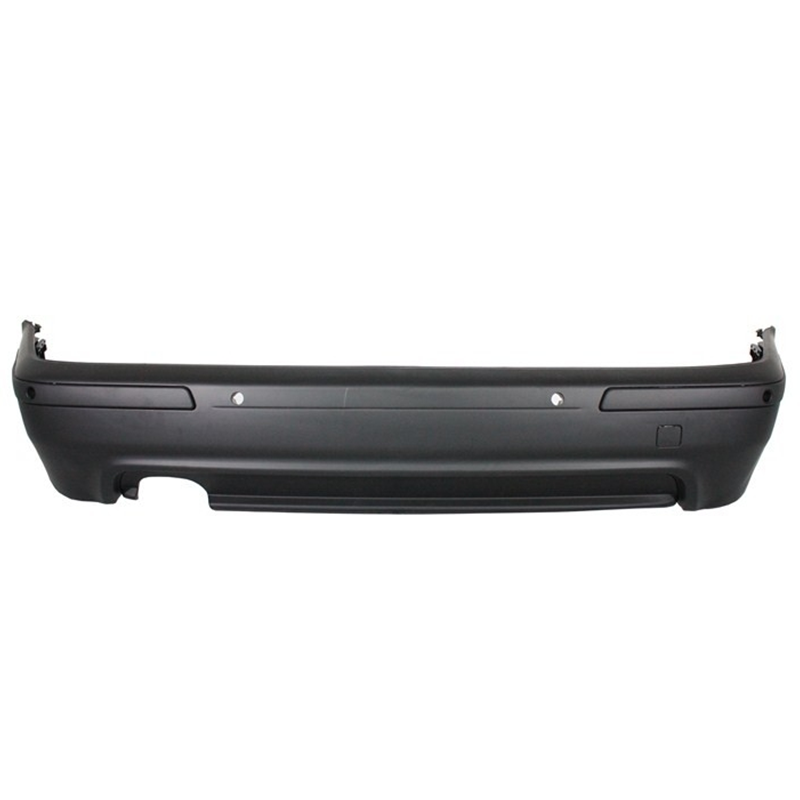
The Importance of Durability in Car Bumpers
Car bumpers are not just cosmetic additions to vehicles; they serve a crucial purpose. The main function of a car bumper is to absorb and distribute impact during collisions, protecting both the vehicle’s occupants and its essential components. This is why durability is paramount when it comes to car bumpers.
A durable bumper can withstand various types of impacts, whether it’s a minor fender bender or a more significant collision. It acts as the first line of defense for your vehicle, absorbing the force and minimizing damage to other crucial parts like the engine or radiator.
In addition to providing protection during accidents, durable bumpers also contribute to the overall longevity and resale value of your vehicle. A well-built bumper can resist wear and tear caused by everyday driving conditions such as parking lot scrapes or encounters with curbs.
Furthermore, having a robust bumper gives you peace of mind on the road. Knowing that your vehicle is equipped with an enduring barrier against potential hazards can help alleviate stress while driving and increase confidence in handling unexpected situations.
Manufacturers understand the importance of durability in car bumpers, which is why they subject them to rigorous testing before approving their design for production. These tests include simulations of various impacts at different speeds and angles, ensuring that only those bumpers that meet stringent standards make it onto vehicles.
To maintain the durability of your car’s bumper over time, regular maintenance is essential. Simple practices like keeping it clean from dirt and debris can prevent corrosion or damage from environmental factors. Additionally, avoiding unnecessary contact with objects or surfaces will minimize potential scratches or dents.
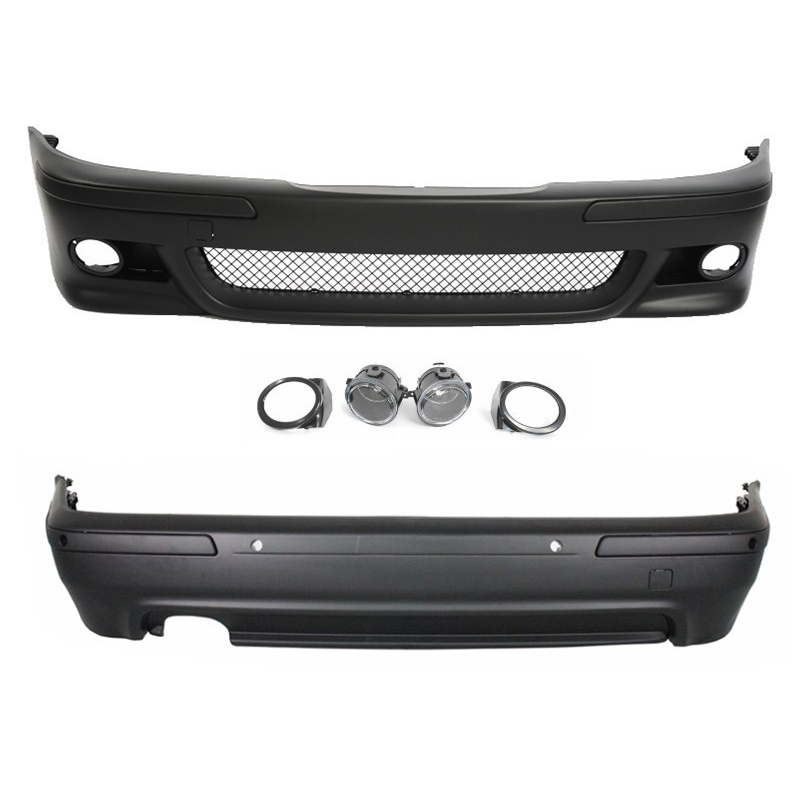
Maintenance Tips for Long-lasting Bumpers
Proper maintenance is essential to keep your car bumpers in top shape and ensure their durability. Here are some tips to help you maintain long-lasting bumpers:
1. Regular Cleaning: Wash your car regularly, including the bumpers, to remove dirt, grime, and debris that can accumulate over time. Use a mild soap or automotive shampoo and a soft sponge or cloth to avoid scratching the surface.
2. Waxing: Applying wax on your bumper helps protect it from UV rays, oxidation, and fading caused by exposure to sunlight. Waxing also creates a protective barrier against minor scratches and adds shine to your bumper.
3. Avoid Harsh Chemicals: When cleaning your car’s exterior, avoid using harsh chemicals or abrasive cleaners that can damage the paint or plastic of the bumper. Stick to gentle products specifically designed for automotive use.
4. Park with Care: Be mindful of where you park your vehicle to prevent unnecessary bumps and scrapes on the bumper. Choose parking spaces away from high traffic areas and be cautious when maneuvering in tight spaces.
5. Repair Minor Damage Promptly: If you notice any scratches, dents, or chips on your bumper’s surface, address them promptly before they worsen or lead to further damage.
By following these maintenance tips regularly, you can extend the lifespan of your car’s bumpers and keep them looking great for years to come.
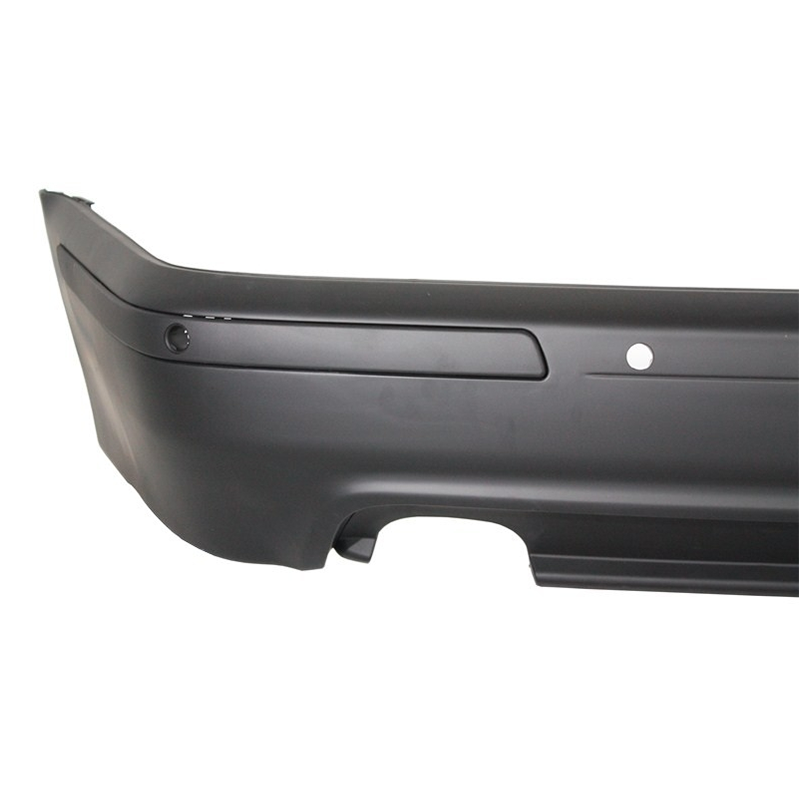
Conclusion: Choosing the Right Bumper for Your Vehicle
When it comes to selecting a bumper for your vehicle, durability should be at the top of your priority list. After all, a sturdy and robust bumper can provide invaluable protection in case of an accident or collision.
Consider the specific needs of your vehicle and driving habits. If you frequently drive off-road or in areas with harsh weather conditions, opting for a steel or aluminum bumper may be ideal due to their strength and resistance to damage.
On the other hand, if you prioritize weight reduction and fuel efficiency, plastic bumpers may be more suitable. These lightweight options are designed to absorb impact energy effectively while still offering adequate protection.
It’s also worth considering the cost factor when choosing a bumper material. Plastic bumpers tend to be more affordable compared to metal ones, making them an attractive option if budget is a concern.
The decision on which type of bumper material is best for your vehicle will depend on various factors such as your driving style, budget, and personal preferences. Consulting with automotive experts or seeking advice from car manufacturers can help guide you towards making an informed choice.
Remember that regular maintenance plays a crucial role in ensuring long-lasting bumpers regardless of their material composition. Regularly clean your bumpers using mild soap and water solution to remove dirt buildup that could potentially lead to corrosion or deterioration over time.
In conclusion (without saying “In conclusion”), finding durable and robust car bumpers is essential for protecting both yourself and your vehicle on the road. By understanding different materials used in bumper construction along with their advantages and disadvantages, you can make an informed decision about which type suits your needs best.
Whether it’s steel or aluminum providing enhanced strength or plastic offering versatility at a lower cost – each material has its own unique benefits that cater specifically to different requirements.



